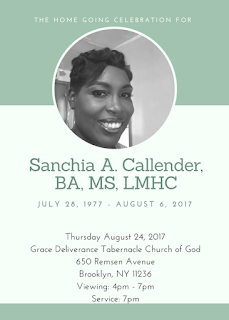Buyers of the human cargo
Last summer a friend gave me a copy of The Caribbean Islands in Full Color by Hans W. Hannau, published in 1972. I started reading it as I was embarking on a study of the history and culture of the region at the time. While billed as a pictorial volume I found it contained a surprising amount of historical and cultural information. The following excerpt from page 12 caught my attention when I first read it and has stayed with me since. I've added links to the text for those as curious as I was.
I found this while I was researching the tribes and areas mentioned in the above passage, Slavery in the West Indies in the 18th Century. The transcribed text at this link could have been a source text for the above passage from Hannau's book. It was the only online reference to Papaws I could find that wasn't about the fruit. The active involvement of various African people groups in the institution of slavery illustrates the folly of seeking to derive pride and self worth from one's ancestors. It is striking to consider a man standing in a market square picking over men, women, and children as if they were chickens. Accepting one breed while rejecting another according to his needs. And another who stands over what appears to be a group of his own people to overseeing selling them to the highest bidder. What madness. Worse, consider that such madness persists still to this day. It has just moved around the globe a bit and ensnares women and children in domestic and sexual slavery.
“Sugar was in some ways the curse of the Caribbean. The industry brought economic, political and social upheaval to the islands, much of it violent and destructive.The Spaniards brought the first African slaves to the Caribbean in 1510 to work their mines and sugar plantations on Hispaniola. They came from West Africa. Factories were set up along the Guinea coast where African chiefs and kings brought slaves for trade. Each chief or king received a fee for each slave sold, plus a commission. First the Portuguese, then the English, Dutch and French came to fill the growing demand for the Caribbean plantations. When the trade began, a good horse would buy fifteen slaves. Later, the Africans demanded payment in their own coin, cowrie shells and certain European goods.The Middle Passage taken by the slave ships across the Atlantic was pure hell. The slaves were crowded together in the hold, swept by small-pox and dysentery. It is conservatively estimated that six per cent of all slaves shipped during the centuries that slave trade flourished died on the Atlantic voyage.Buyers of this human cargo in the West Indies had preferences as to tribes. The Gold Coast Negros [sic], the Koromantyn, were tough, hard-working, brave and stubborn. From them were to come leaders of slave rebellions. From the tribes to the north and east of Sierra Leone came Mohammedan Negroes who could read and write in Arabic. They were not fitted for hard labor in the fields. Papaws from Whydah were popular as slaves because they worked hard, were skilled farmers, and were afraid of death and, consequently, submitted to discipline. The yellowish-colored Eboes from the Bight of Benin were timid and despondent, given to suicide, though they were cannibals at home. Negroes from Angola and the Congo were considered excellent mechanics, better fitted for domestic service than for work in the fields.”
I found this while I was researching the tribes and areas mentioned in the above passage, Slavery in the West Indies in the 18th Century. The transcribed text at this link could have been a source text for the above passage from Hannau's book. It was the only online reference to Papaws I could find that wasn't about the fruit. The active involvement of various African people groups in the institution of slavery illustrates the folly of seeking to derive pride and self worth from one's ancestors. It is striking to consider a man standing in a market square picking over men, women, and children as if they were chickens. Accepting one breed while rejecting another according to his needs. And another who stands over what appears to be a group of his own people to overseeing selling them to the highest bidder. What madness. Worse, consider that such madness persists still to this day. It has just moved around the globe a bit and ensnares women and children in domestic and sexual slavery.



Comments
Post a Comment